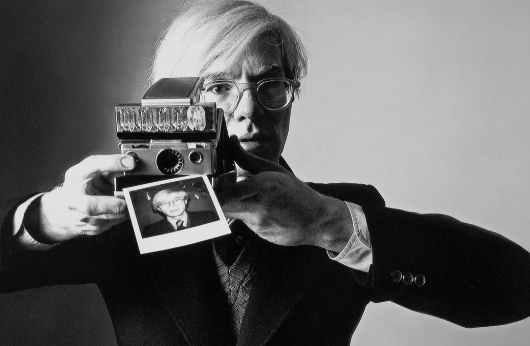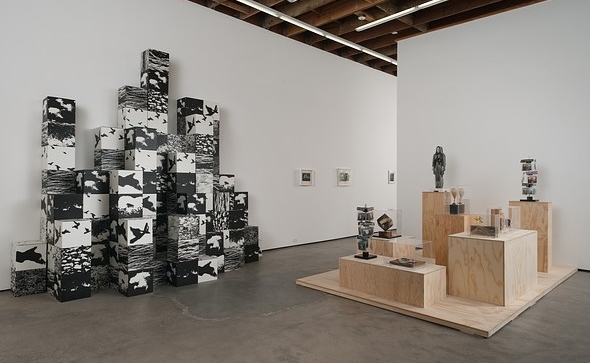Andy Warhol, a cornerstone of the Pop Art movement, wasn’t just a painter; he was also an influential photographer. His distinctive style and approach to photography reveal layers of creativity and commentary on everyday life and consumer culture. Understanding Warhol’s photography allows for deeper insights into his art and the cultural landscape of his time.
The Art of Repetition: Warhol’s Iconic Style
One of the hallmarks of Andy Warhol’s photography is his penchant for repetition. Much like his famous screen prints, he often captured the same subject multiple times, creating a sense of rhythm and familiarity. This technique mirrors the commodification of culture, illustrating how mass production seeps into art. By emphasizing this repetition, Warhol encourages viewers to reflect on the nature of originality and mass media, making his work not just visually striking but also intellectually engaging.
Snapshots of Celebrity Culture
Warhol had a keen eye for celebrity, often immortalizing icons like Marilyn Monroe and Elvis Presley through his camera lens. His photographs capture the essence of fame and its fleeting nature, offering a glimpse into a world that fans often idolize. Using both candid and staged shots, Warhol showcased celebrities in an approachable light, blurring the line between real life and art. These images serve as a commentary on the role of media in sculpting public personas, reminding us of both the allure and the absurdity of celebrity culture.
The Intersection of Art and Everyday Life
Warhol’s photography was not merely about grandiosity; it also reflected the mundane aspects of everyday life. His images of common objects, such as soup cans or mundane city scenes, elevate the ordinary into the realm of art. In doing so, he encourages viewers to appreciate the beauty in simplicity. This intersection of art and quotidian life makes Warhol’s photography more accessible, bridging the gap between high art and popular culture. His lens transforms the mundane into something extraordinary, inviting audiences to reconsider their surroundings.
Conclusion
Andy Warhol’s photography is a vibrant extension of his artistic vision, combining repetition, celebrity culture, and the everyday. By delving into his photographic works, you not only gain a deeper understanding of Warhol himself but also of the social commentary that resonates even today. Whether you’re an art enthusiast or just curious about the influence of photography in pop culture, exploring Warhol’s work can be both enlightening and enjoyable. Dive deeper into his world and discover how his lens captured the essence of an era.







